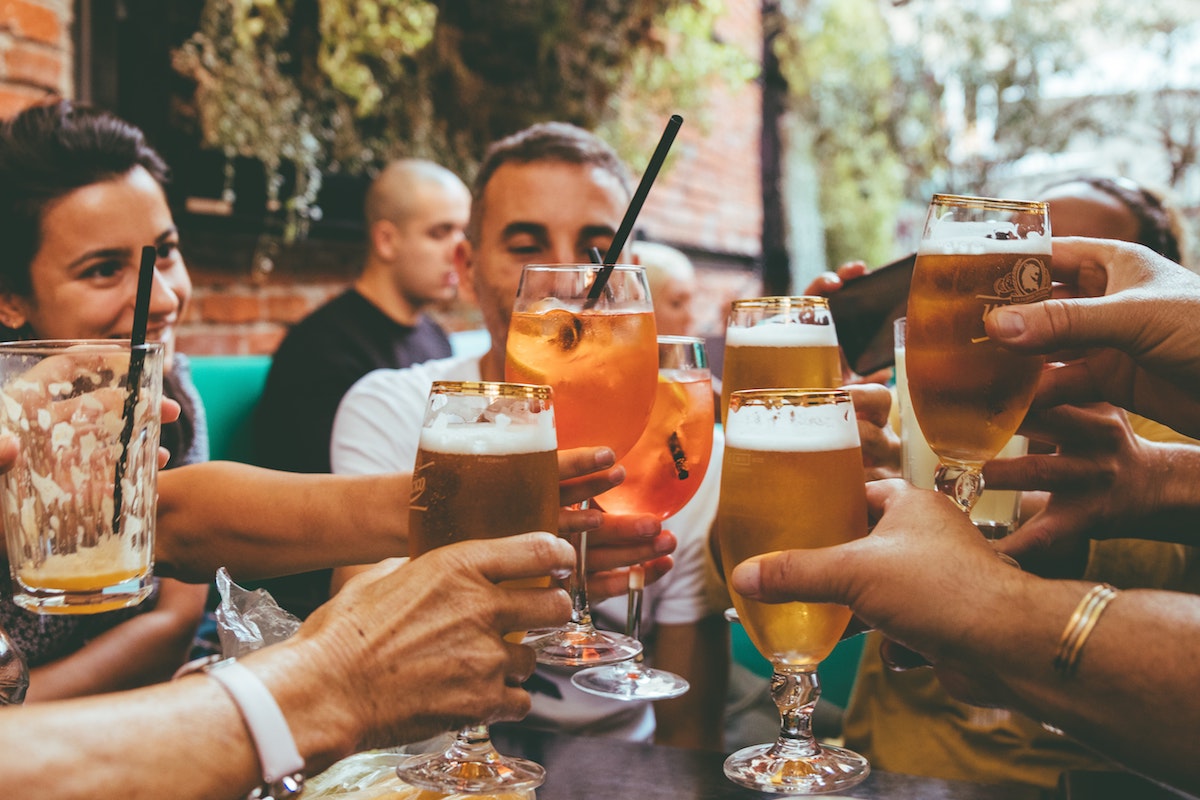What exactly is “overactive bladder”? It’s a condition that happens as we age. It’s characterized by a sudden, really urgent need to urinate, often several times a day. It may mean that you have difficulty holding in urine and may even have such a sudden, overwhelming need to urinate that you can’t hold it in. It may also mean that you dribble urine throughout the day. But there are many things you can do to help retrain your bladder muscles. These can work on their own or be combined with medication to keep you accident-free.
Exercises
Because urination is controlled by the muscles around the bladder–particularly the pelvic floor–one of the first and most successful treatments for overactive bladder is regular exercises to strengthen these muscles and improve control over them. By continually working these muscles, patients will strengthen an often-neglected part of their body and improve their control over elimination. These exercises are relatively simple and require no equipment, just enough space to lie down. With your back flat to the floor, place the soles of your feet against the floor and raise your hips to form a straight line between your knees and neck. Hold this position for up to ten seconds, and repeat up to ten times, three times a day.
Diet and Lifestyle Changes
Lifestyle changes are also recommended by many professionals. By changing the way the rest of your body acts, you can influence your urinary tract as well, treating incontinence or dribbling without the need for surgery or medicine. This approach takes longer and will require considerable commitment but is easily the least expensive. Consider changes such as reducing alcohol or caffeine or urinating on a set schedule that prevents undue pressure or build up in the bladder.
In addition to avoiding alcohol or caffeine, one should also avoid acidic foods like citrus fruits, tomatoes, or cinnamon that are known to serve as bladder irritants. By reducing the amount of spice or acid in one’s diet, it is possible to make the urge less severe and easier to control. Artificial sweeteners are also known to lower bladder control and should be avoided if possible when attempting to overcome incontinence.

Bladder Training
These changes in diet or lifestyle are most effective when combined with a regimen of bladder training. This practice involves noting the beginning of an urge to urinate and restraining oneself for progressively longer periods of time to build up mental and physical stamina and keep your body on an elimination schedule of your own choosing. By taking control of what you feel and when you decide to release urine, you can make urination more precise, eliminating urinary dribbling and making elimination easier and more voluntary.
All of this, of course, should not stop you from consulting a clinician; any noticeable incontinence is worth bringing up with your doctor as soon as possible. If these methods prove to be ineffective, it is possible that the incontinence is being caused by a different and more severe problem than can be treated on one’s own, and medical attention should be sought as soon as possible. Additionally, changes to lifestyle and diet can prove harmful unless medically supervised; a doctor’s advice may mean the difference between living with the problem and solving it for good.
References